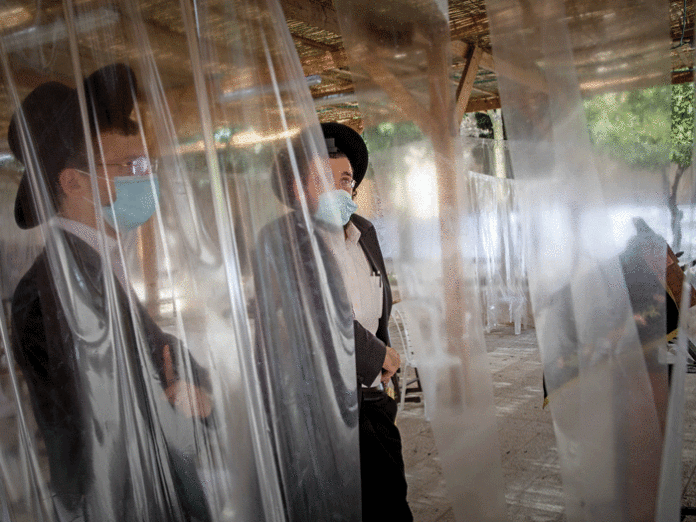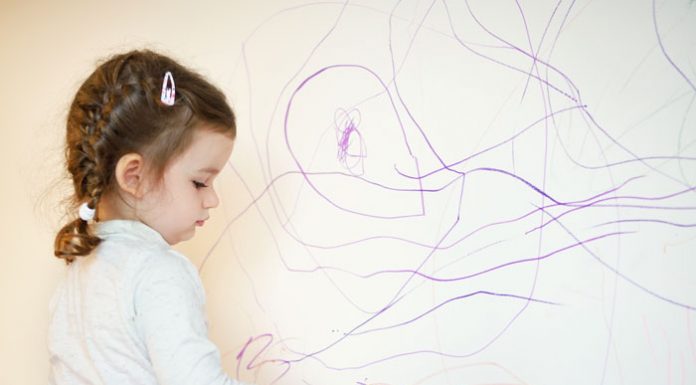We are approaching the first anniversary of the beginning of the coronavirus pandemic. Everyone experienced it differently. Some were among the first to be infected and made a rapid recovery, while others have yet to recover fully. Many people lost loved ones. Most of us, myself included, remained isolated in our homes for months until we were permitted to venture out. There are many stories to be told about this tumultuous time, and the history books will be replete with them.
Curious about what it was like to be on the front lines of the pandemic, I decided to speak to Rabbi Moshe Rotberg, mara d’asra of Khal Zichron Yechezkel in Toms River, New Jersey. Rabbi Rotberg is a leading expert on end-of-life and medical emergency halachos, on which he has authored numerous sefarim. He is also the halachic coordinator for Hatzalah of Lakewood.
I find Rabbi Rotberg sitting at a shtender and learning with one of the members of his shul. They are arguing loudly about a Rashi in today’s daf. He notices me walking in and motions for me to wait a minute until he finishes. I am surprised to see how young he is, probably in his early 40s. After we settle down in a quieter area and exchange some pleasantries, I ask Rabbi Rotberg to tell me when he first realized that we were in deep trouble.
“A week before Purim, before the virus was really on anyone’s radar, I gave a shiur on the permissibility of putting one’s own life in danger in order to save others. At the time it was only a theoretical issue, and I never imagined that I would need to answer such questions for practical purposes. A few days later we began to hear stories about people coming down with corona in New York.
“A meeting was immediately convened with rabbanim, doctors, Hatzalah members and askanim to discuss what precautionary measures we could take here in Lakewood. For example, even before the government enforced a shutdown, we debated whether the rabbanim should disallow minyanim and force yeshivos and schools to close. The halachah is very clear in specific cases. The problem was that we didn’t know which category our situation fell into. In order to close down shuls, yeshivos and businesses, it has to be ‘sakanah l’faneinu,’ meaning that the danger is right in front of us. Since the virus had mainly hit New York and we did not yet have any confirmed infections in Lakewood, it wasn’t all that clear.
“There was disagreement among the rabbanim and poskim, and even the doctors weren’t unified on the degree of danger posed by the virus. Some argued that because we had no cases, the danger wasn’t immediate and basic precautions would suffice, while others insisted that if we waited for confirmed cases, it would be too late to stop the spread.
“The first confirmed case I heard about was on the Sunday after Purim. Rabbi Yehuda Kaszirer of the Lakewood Bikur Cholim received a call about a COVID-19 patient who was on his way to Kimball Hospital. After that, the cases began to escalate, and Purim unfortunately became a super-spreader. Confirmed positives were everywhere.”
“There were no real preventive measures taken before Purim in my neighborhood in Brooklyn,” I tell him. “Was Lakewood any different?”
Rabbi Rotberg sighs; it’s obvious that this is a painful topic.
“We tried somewhat, but unfortunately we didn’t perceive the enormity of the threat. In my shul in Toms River, we staggered minyanim into four groups. That way, there weren’t so many congregants crammed in together. We hoped it would limit the potential exposure. But there were still kiddushim after the davening because even though the virus was spreading, we still thought of it in the abstract. I too am guilty of that. Looking back, it’s easy to judge people and say, ‘How could they have been so selfish and still make simchahs?’ But we really had no idea of what was coming.
To read more, subscribe to Ami





















